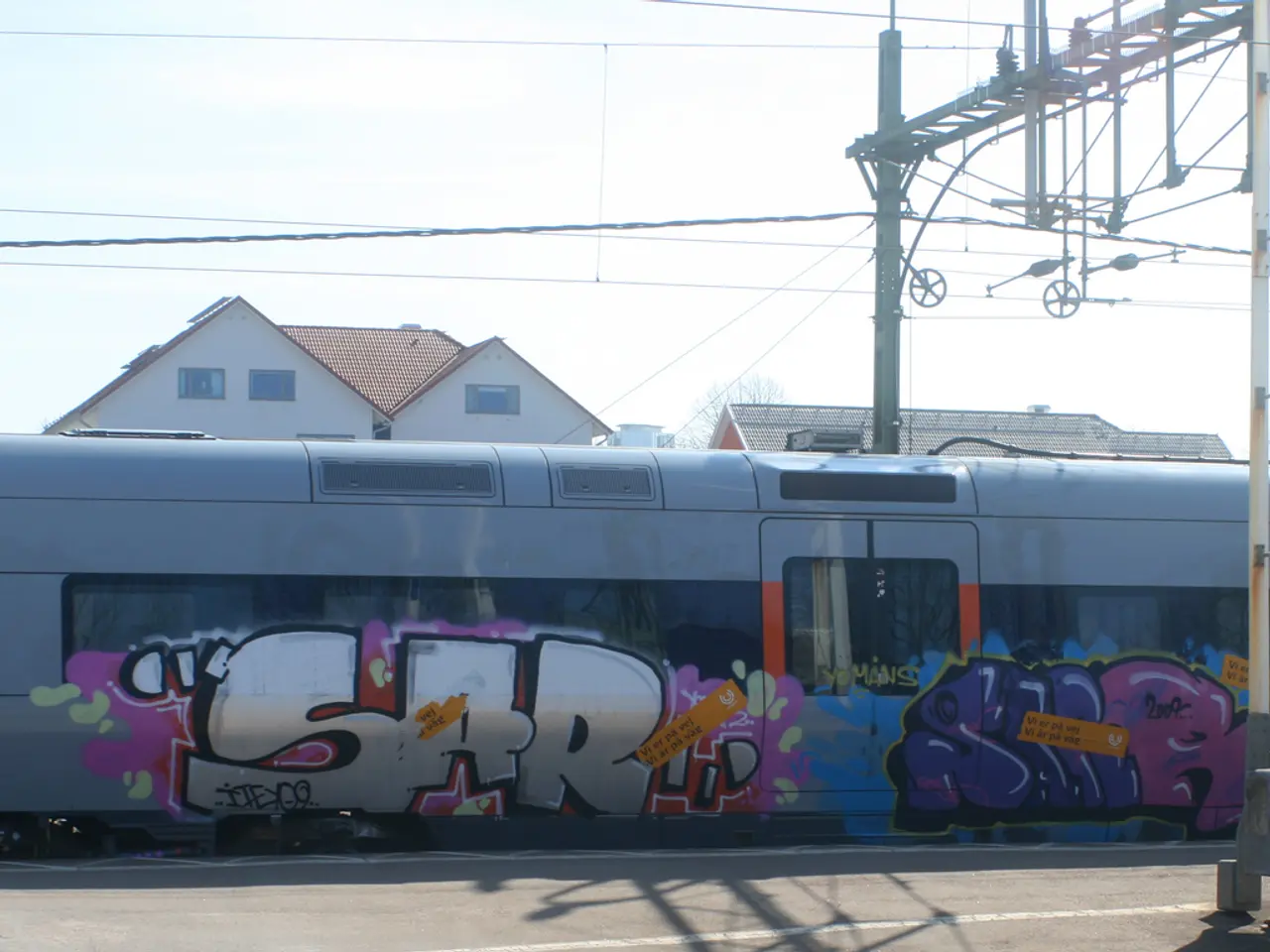Advocate for Magneto's Opportunity
Magnetic levitation (maglev) trains, which use electromagnetic forces to levitate and propel vehicles above tracks, are revolutionising transportation in some parts of the world. Although not yet widely adopted, the Transrapid Shanghai is an exception, operating on a 30-kilometer track.
The concept of maglev trains dates back to the early 1900s, with pioneers like Robert Goddard and Emile Bachelet contributing to its development. The first commercial maglev system was implemented in Britain between 1984 and 1995, connecting Birmingham airport with a nearby rail station.
China took the lead in large-scale deployment of maglev technology, opening the world’s first commercial high-speed maglev line in Shanghai in 2002. Since then, China has been aggressively advancing the technology. By 2025, Chinese company CRRC developed a new 600 km/h maglev train prototype, unveiled at the UIC World Congress on High-Speed Rail in Beijing. This train uses electromagnetic suspension and aims to enter commercial service within 5 to 10 years, promising to significantly reduce travel times. For instance, the Beijing–Shanghai trip could be cut from about 5 hours to 2.5 hours.
Berlin, while not currently home to an active commercial maglev system, is part of the broader history of maglev research and technology development. Germany pioneered Transrapid maglev technology, but its use has been limited primarily to experimental and short demonstration tracks. One such example is the M-Bahn, which replaced the disrupted U2 on a 1.6-kilometer-long track in Berlin from 1989 to 1991.
Ute Bonde, transport senator in Berlin, has expressed a desire to connect the BER via magnetic levitation and replace freight traffic coming from Brandenburg with magnetic levitation. However, her statements have raised eyebrows, as the specifics of this plan remain unclear.
As China pushes forward with its own plans for maglev trains, the future of transportation in Berlin could potentially see the adoption of this high-speed, low-maintenance, and eco-friendly transportation system.
The Chamber of Commerce and Industry in Berlin might explore fundraising options to acquire advanced technology from Chinese manufacturers for potential maglev train implementation in the future. This step could follow Berlin's ambition to leverage transportation solutions that offer speed, low maintenance, and eco-friendliness, considering the promising developments in the global finance sector. In the realms of both technology and transportation, collaboration between Berlin and Chinese entities could bring about a shift in the city's modes of transport, much like the significant transformations witnessed in the industry of maglev transportation in China.




